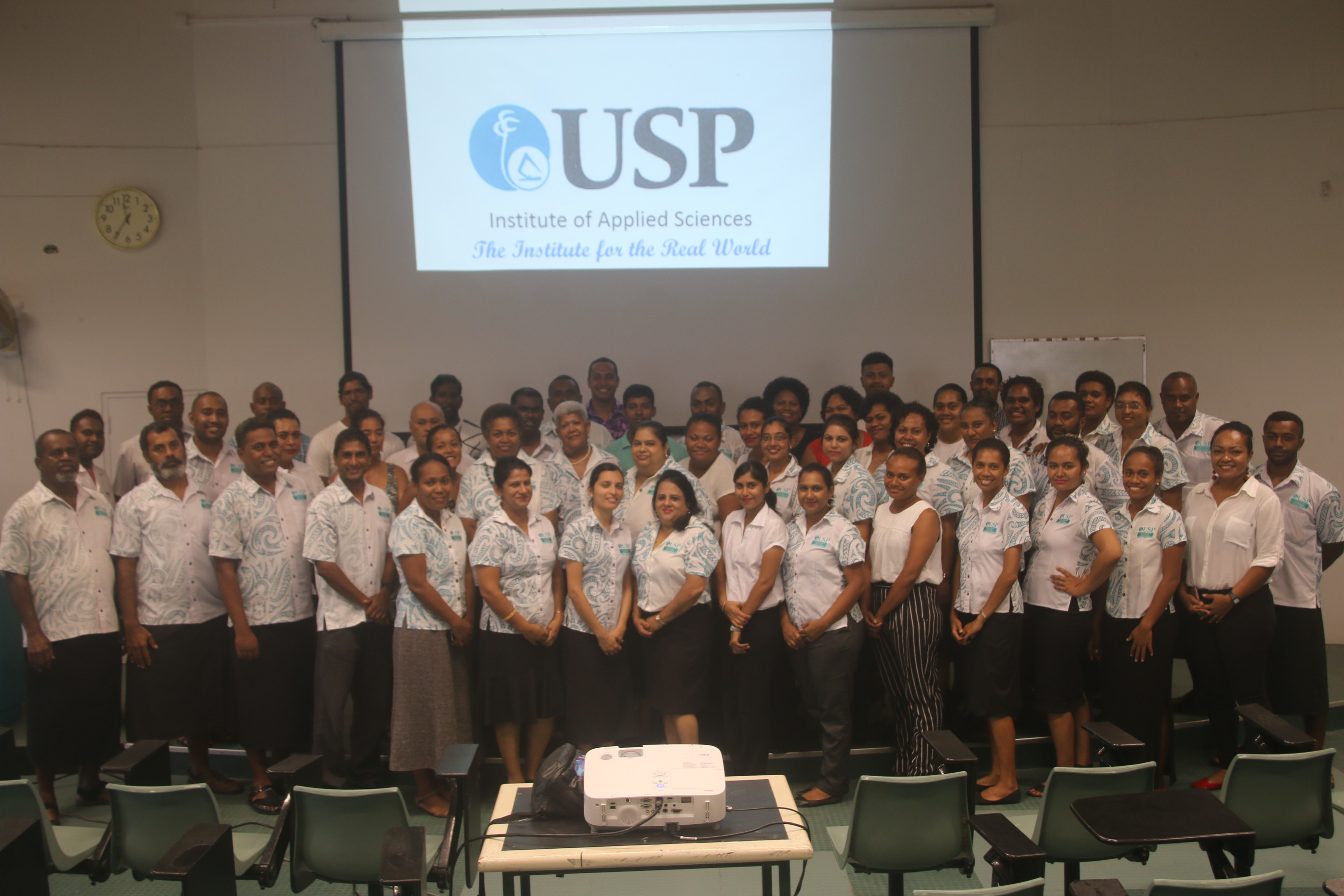
The Institute of Applied Sciences (IAS) of The University of the South Pacific (USP) interfaces the University’s expertise and facilities to the independent island countries of the South Pacific Region. Established in 1977 under the name of Institute of Natural Resources at the Suva campus of USP, IAS has grown to have over 65 full time staff and its own accredited laboratories and scientific equipment located in the Marine Science Building at the “lower” Laucala Bay Campus by the sea.
The various units of IAS are the Laboratory Services unit, the Environment unit, the Pacific Biodiversity Research Centre (that houses the South Pacific Regional Herbarium), the Pacific Natural Products Research Centre, and the Quality, Marketing & Communication unit. With these five units and the large contingent of skilful and dedicated staff in diverse scientific capabilities, IAS makes these resources available to regional and international organisations, governments, businesses, and the people of the Pacific region.
IAS is the research and consulting arm of the Faculty of Science, Technology & Environment; it capitalises on its unique and recognised strengths to provide professional scientific services, research outputs and innovative approaches to meet the development needs and aspirations of the region. The Institute also works with other schools, institutes and individual departments at USP on interdisciplinary projects that require a wider range of skills than those usually found in individual departments or faculties. Another role of IAS is to organise short technical and scientific training courses that cannot be met through the normal teaching program of the University. In addition, there are often several visiting scientists, graduate students or exchange staff from various overseas universities and organisations using the Institute as a base for their research work at any one time.
IAS also sponsors many local postgraduate students to assist in its work and develop local capacity. The activities of the institute are carried out through research and development projects, consultancies and laboratory services. The service areas are not fixed and are designed to change as the needs of the region and staff interests change.